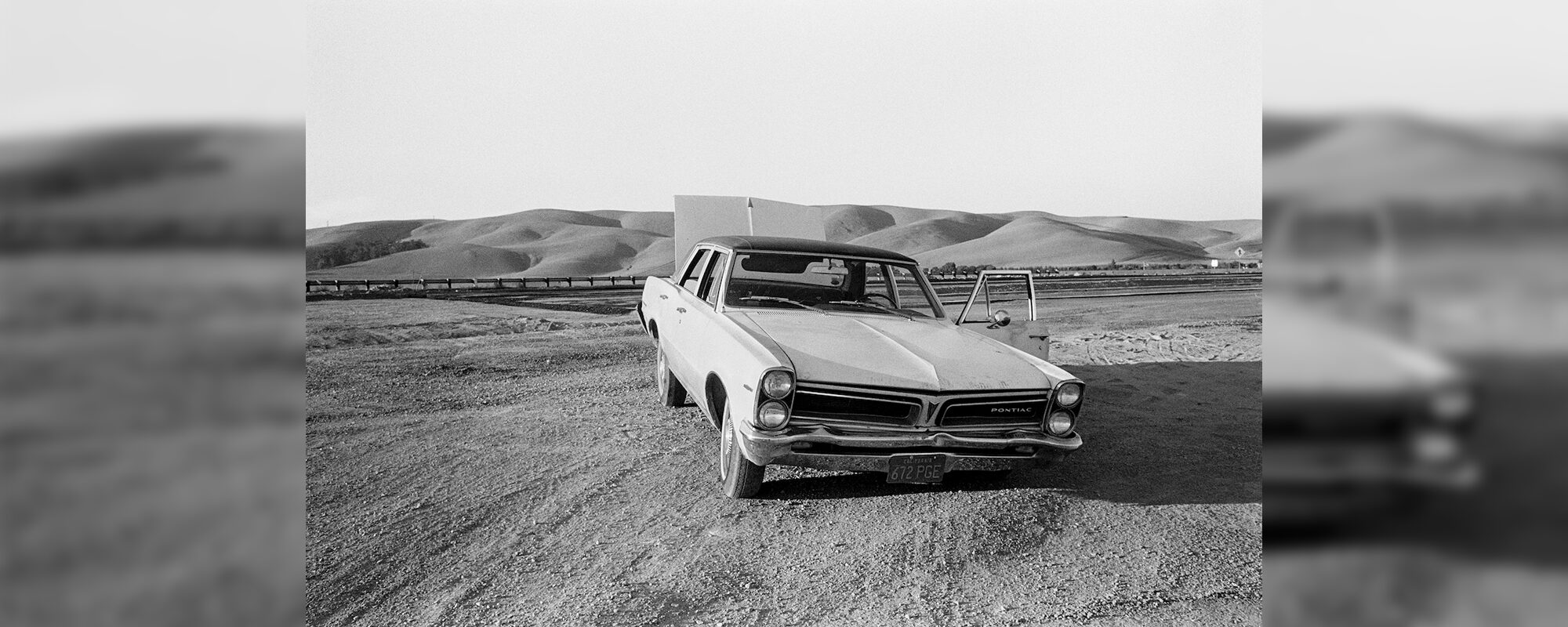“I hear the sound of victory. I hear the sound of victory. I hear the sound of victory”. 1976, the centenary-a procrastinator’s wet dream”
The kids are smiling, their bodies are interlaced within the disused tire mound and the coyote snarls staring dead-eyed and hungry from the top of the bare picnic table. He is not here for you Joseph, the legacy of your shamanism caught in the gears of 1945. He is here for us, for we. From inside the house a thirteen-year old exhales a pallid cloud of white cigarette smoke trying to describe in his head what the sound of the future may be. Will it be a cackling bullhorn or a half-written sonata. The hills have eyes.
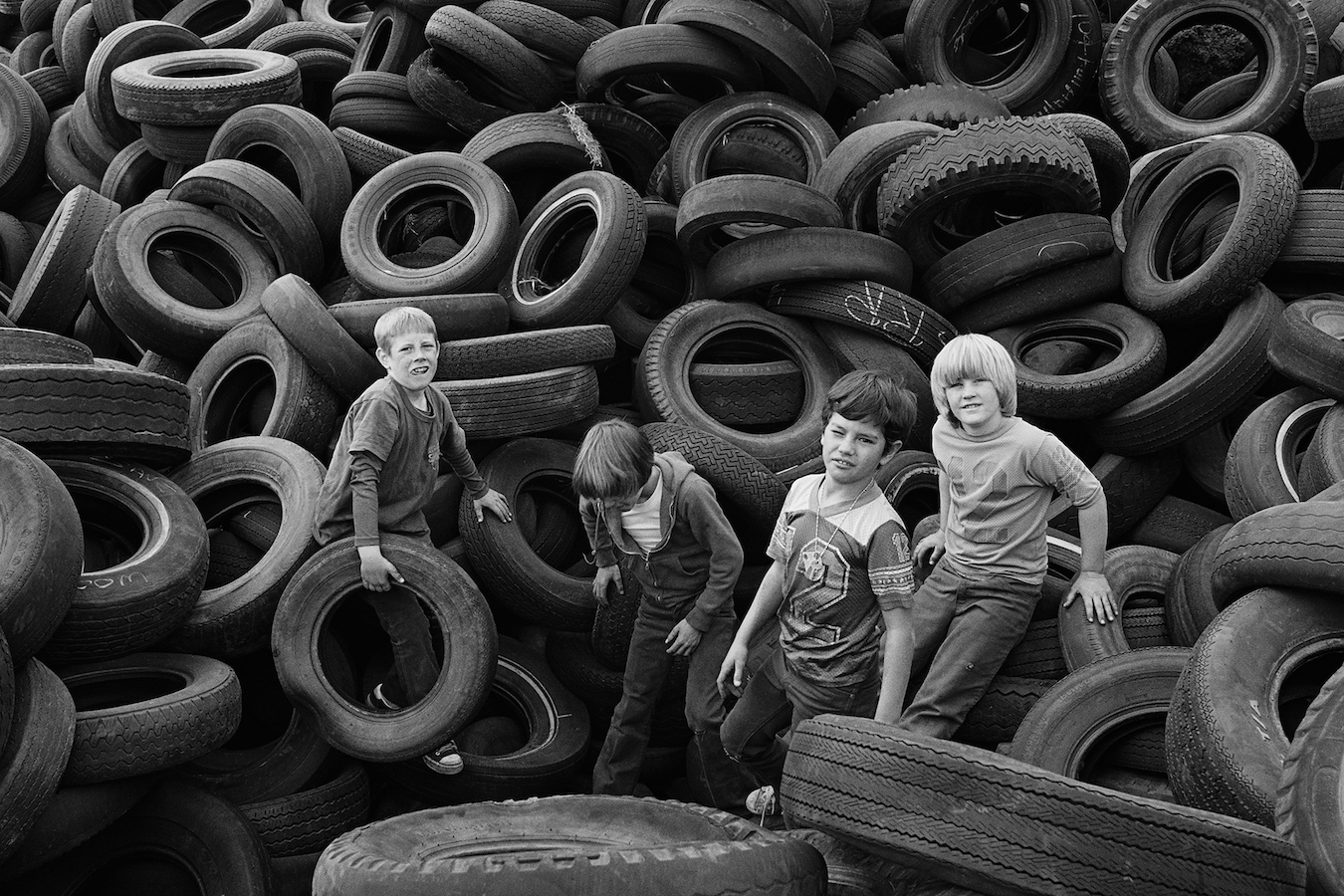
It is a plausible America and “I hear the sound of victory. I hear the sound of victory. I hear the sound of victory”. 1976, the centenary-a procrastinator’s wet dream. Here, nestled amongst Mason jars left in the garage under the workbench, the tin lid confiding its disbelief as it slowly erodes, pops and fizzles producing a viscous red porridge disarticulating itself from the slow movement of sand that occupies the glass jar itself . Here, we find some refuge. “And strike and strike and strike and strike until you have victory. I hear a sound of an abundance of rain”. Towering Jehovah, a placid water in the backyard where we used to swim-a puddle for regulars and mosquitos. The letter A (eon) on the list of parasites (JMB).
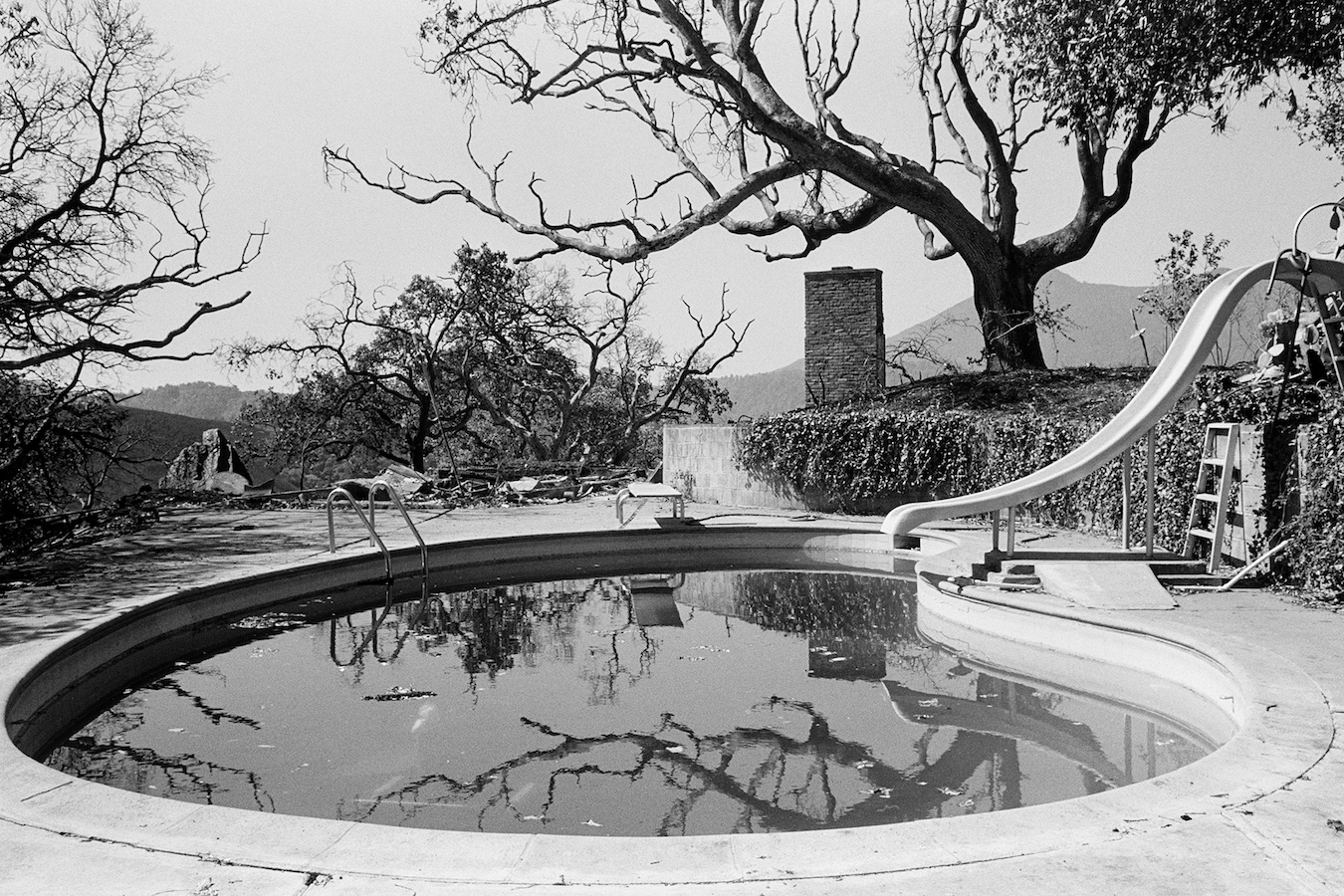
Miss Big Sur and children left half-attended preaching from the large rocks on the parking lot lawn, looking at something irretrievable in the white sky, northward. Have you visited the dry and caked land slowly pulling diesel engines into its abyss? Here camper vans scurry away from corner to corner of the pale parched land in search of that abundant rain.
Where will they bury the Pontiac with its busted axel with its expectations of being retrieved now harbored or mired under the same white sky that bleaches the horse’s bones after it catches it’s hoof on a rocky crag twisting its heft lightly, but irretrievably. I hear the sound of victory…I…hear…the audible break of its leg and yet, not a soul will be here to hear its muzzled whimpers when I leave. This is the true Anatomy of the horse’s hoof. “In the corners of heaven, in the corners of heaven, in the corners of heaven, I hear the sound of victory”.
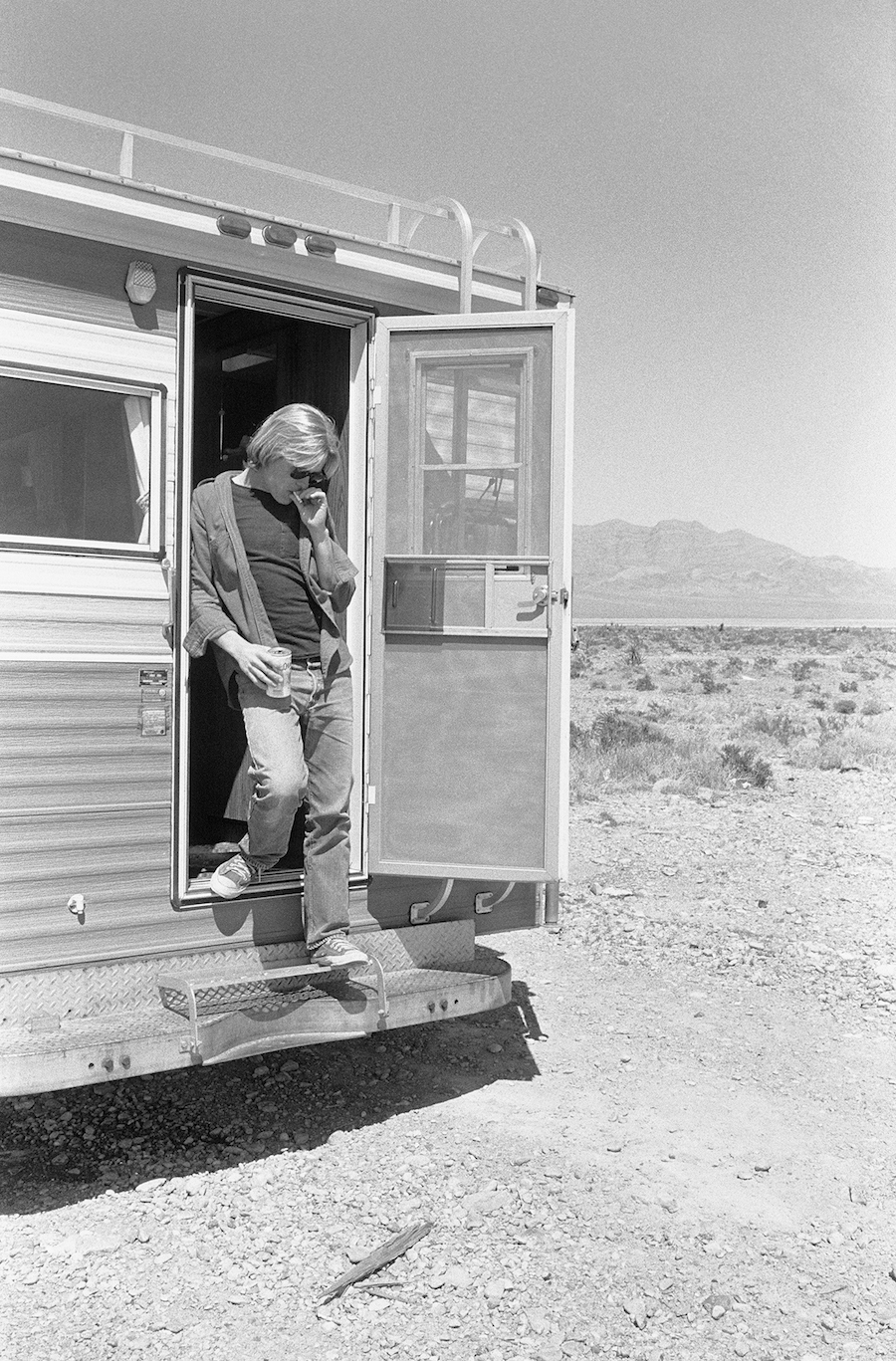
A child peers at me from the other side of house where the coyote dwells. Her sweetly mischievous two-year old face presses not against glass, but against a plastic which is meant to buffer the cold wind that sneaks and whips the the edges of the glass and window casing. It distorts her face. Below the paint-peeled window sill is a gutted television and a tetanus trap of a rusted tricycle. Both articles look as though they may be held under forensic examination at a later date, a foot print atop the television measured, sized and documented as the plastic blows into the breeze across jagged broken glass, the sound of victory sobbing its way out of the corners of heaven’s mouth from inside the room. The tricycle no longer necessary.
“A child peers at me from the other side of house where the coyote dwells. Her sweetly mischievous two-year old face presses not against glass, but against a plastic which is meant to buffer the cold wind that sneaks and whips the the edges of the glass and window casing. It distorts her face. Below the paint-peeled window sill is a gutted television and a tetanus trap of a rusted tricycle”
Iris is a place in suburbia. It is actually a street of places or a street in a place-the banality of this examination numbs me. Suburbia, before it became home was simply dirt, hills, and a list of bad innuendos cast from the corner of John Wayne’s dry spittle encrusted mouth. The children ride past rattle snakes and petrol-chemical plants on their way to steal a pack of Kools from the bluegreen carton “hidden” above the refrigerator in the garage that smells of must, oil, and father’s aftershave-the c(r)ackling of the radio left on unattended the soundtrack. Other odors exist, something acidic like rotten fruit emanates from under the work bench, but is left unobservable to the children in their pursuit of the intended pack of Kools. Victorious, they return to the empty white house hidden beyond the lot which will be torn down for the expansion of more border fencing in the near future. This house and the several other properties like it are burnt offerings of juvenile research-a think tank for young bodies to wheeze and cavort. “The angels have been dispatched. They’re coming here. They’re coming here. Angelic re-enforcement. I hear…I hear…I hear the sound of victory”
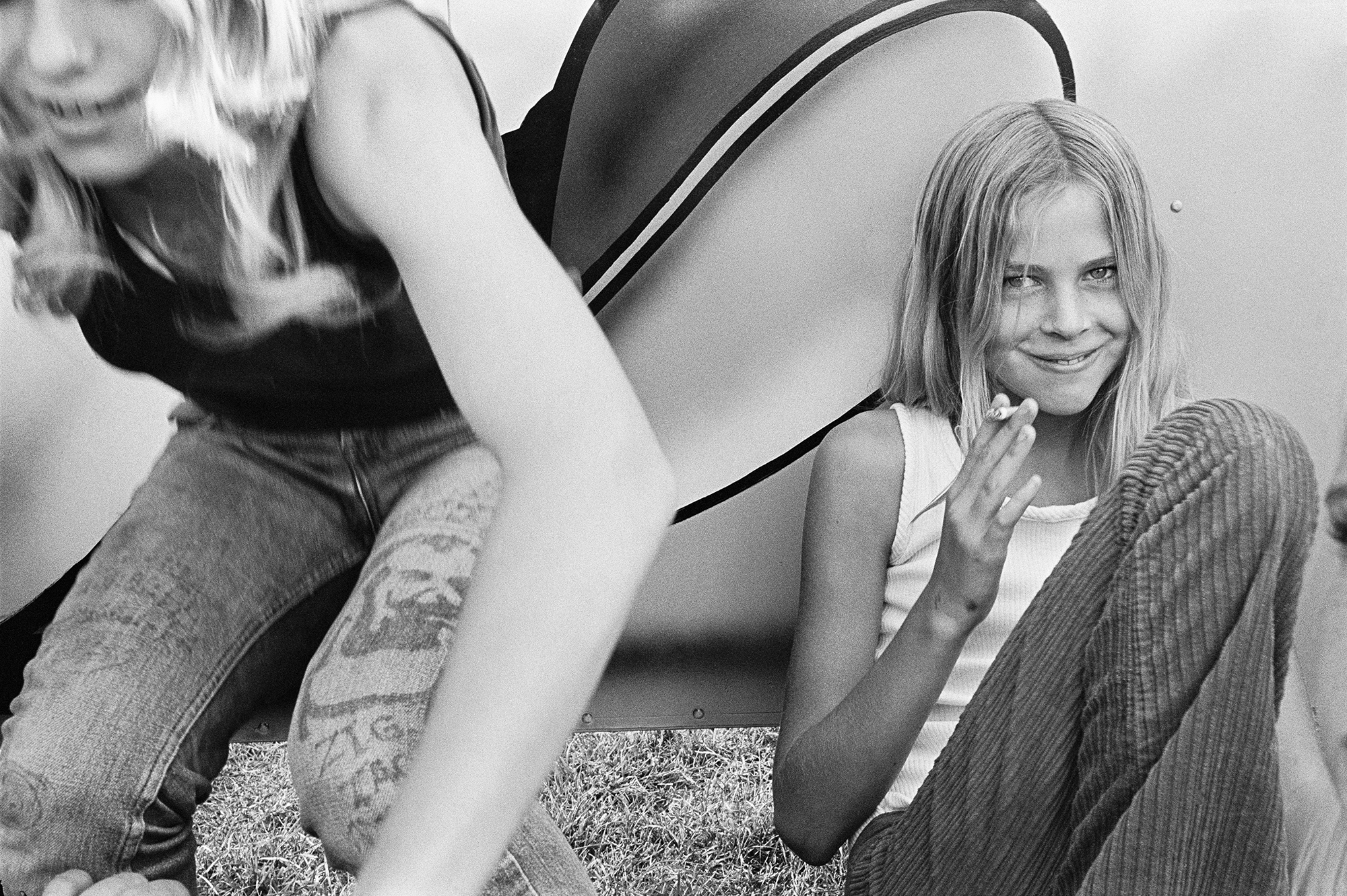
Mimi Plumb’s The White Sky (Stanley/Barker, 2020) is the excellent follow-up to her much acclaimed Landfall (TBW, 2018). The White Sky continues to mine her archive of California and the social and psychological terrain of the 70’s American West. The book is somehow a little less about spectacle than Landfall was and in many ways, this adds layers to her vision. Instead of a stellar flow of single overly strong images, which worked as perfect introduction to Mimi’s work, with The White Sky there is something more subtle at play. That is not to suggest the images are less attractive or that they do not stand on their own, but there feels like a more cohesive thread between the images of children and the 70’s Californian landscape that they inhabit than previously seen.
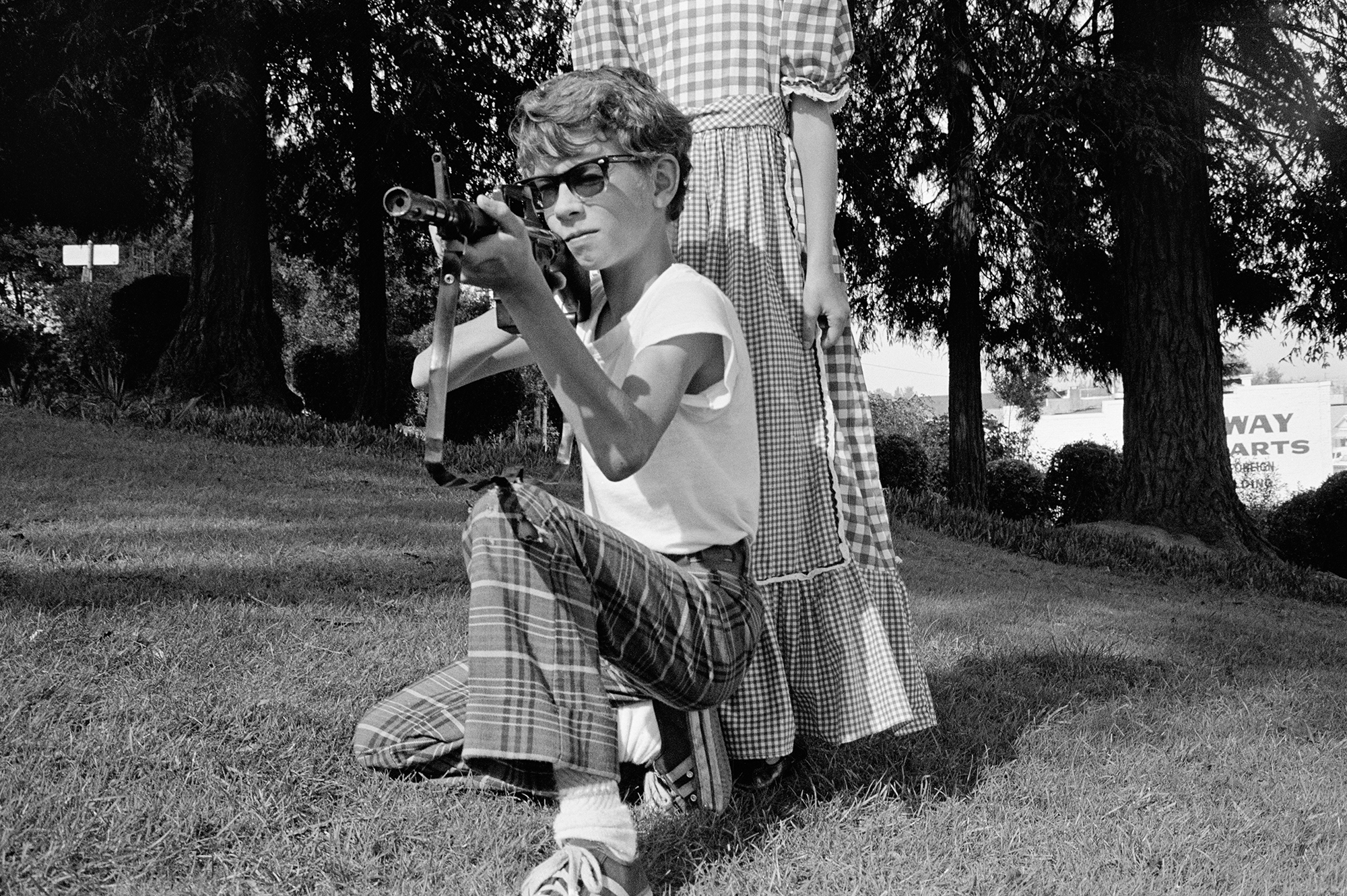
The sequence and editing are tight. At first, it appears chaotic until you pick up the threads of childhood, the automobiles, the use of decayed and weathered houses. The emotion of the book oscillates from the glory of childhood and the fast-paced challenges of neoliberal economies. You get an overview of a complacent youth that find their excitement where they can and whose promises are fulfilled through the introduction of the Styrofoam Big Mac lunch. Here, you can almost hear the paint peeling the walls of the new mini-golf and arcade walls. The work is exemplary and I fully endorse being able to see two versions of Mimi’s vision through two different publishing firms, both who are at the top of their game. I am still waiting for her Cesar Chavez work to become a book, but for now, The White Sky more than delivers as to my expectations. Highest Recommendation.
Editor’s note-special awkward non-thank you to Paul White whose queer and inspiring glossolalia was the inspiration for the text. Let her busk her way to heaven on the way out the door come January 20th.
Mimi Plumb
(All Rights Reserved. Text @ Brad Feuerhelm. Images © Mimi Plumb)
